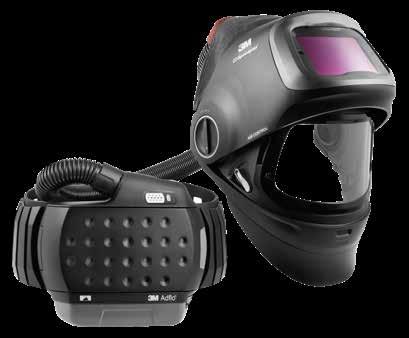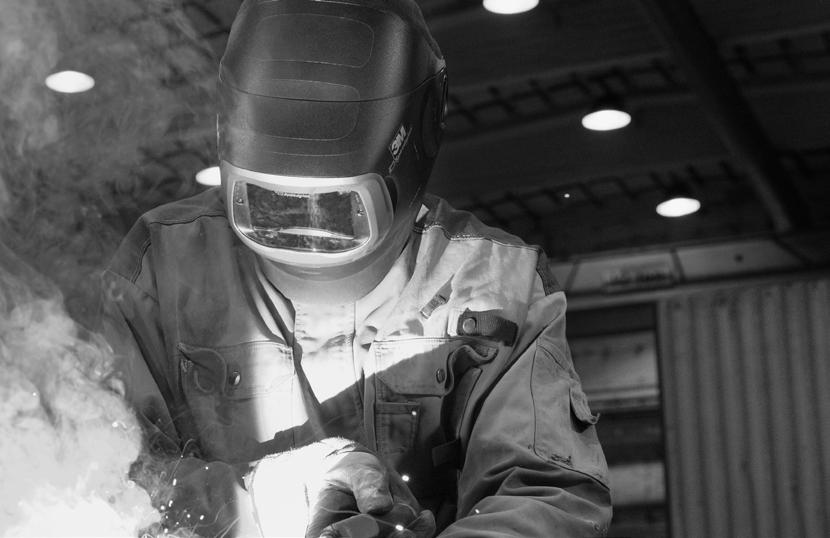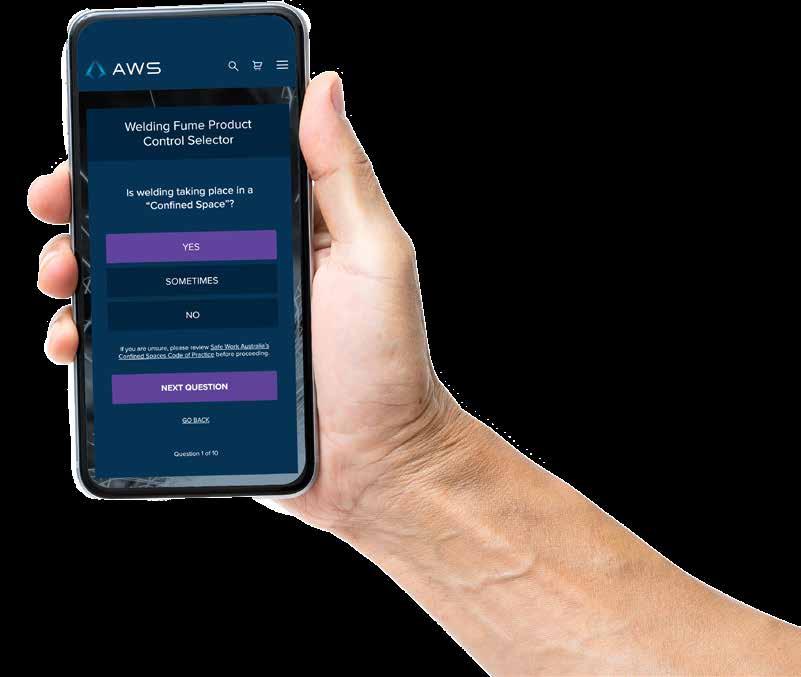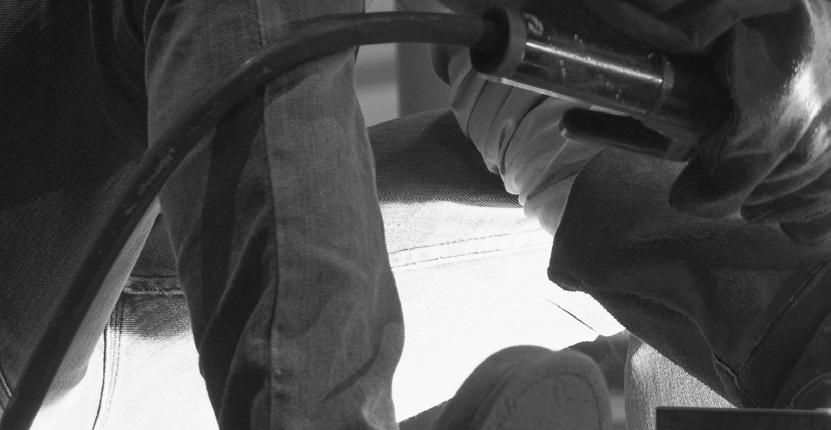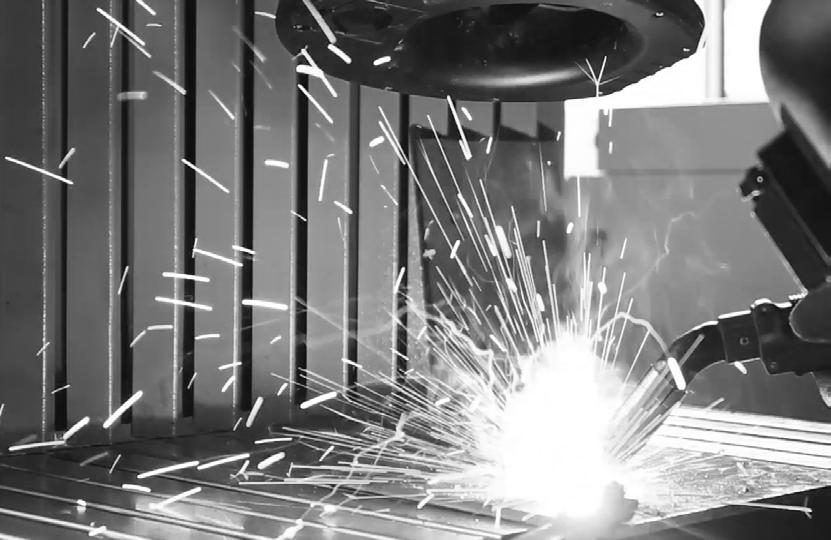
2 minute read
Scientific Research on the Effectiveness of Product Controls
In 2022, an Australian independent scientific study7 was conducted to compare the effectiveness of welding fume product controls. The methods analysed were On-Gun Fume Extraction, Hooded Capture Local Exhaust Ventilation (LEV), and a Welding Helmet with a Powered Air Purifying Respirator (PAPR). The study “Welding fume; a comparison study of industry used control methods” was published in the Safety Journal in 2023.
The key findings of the study were as follows:
Advertisement
#1 POWERED AIR PURIFYING RESPIRATOR (PAPR)
#1 Powered Air Purifying Respirator (PAPR)
The Welding Helmet with an Integrated PAPR was by far the most effective control measure in protecting the welder from welding fume exposure when compared to On-Gun Fume Extraction and Hooded Capture Local Exhaust Ventilation (LEV). The Welding Helmet with PAPR reduced exposure to welding fume - a known carcinogen - by at least 99.96%^.
^Please be aware that it is an employer’s legal responsibility to reduce welding fume exposure to as low as reasonably practicable for all persons, not just the welder. These results are only applicable to situations where there are no other people sharing the environment with the welder/s. The information within this document only outlines the key results from the study. For more detailed information on the results, including limitations, please download the Welding Fume Product Controls White Paper at www.apexweldingsafety.com.au.
On Gun
33% MORE EFFECTIVE VS.
On-Gun Fume Extraction 33% more effective than Hooded Capture LEV Extraction
On-Gun Fume Extraction was 33% more effective than Hooded Capture Local Exhaust Ventilation (LEV) in extracting welding fume from the environment. On-Gun Fume Extraction was able to extract up to 97% of the welding fume with an average of 90% across all tests^.
^Please note that On-Gun Fume Extraction is not suitable for all welding applications (eg. MMA stick welding) and certain variables can impact effectiveness (eg. design of the system, weld position, and environmental factors). The information within this document only outlines the key results from the study. For more detailed information on the results, including limitations, please download the Welding Fume Product Controls White Paper at www.apexweldingsafety.com.au.
IMPORTANT
The findings are unique to the study parameters and conditions. All guidance is provided to give an example of how to control welding fume and is provided as a basic guideline only. It should not be used as the only means of selecting a respirator or LEV control method. It’s always recommended to have a welding fume product control expert visit your premises as onsite variables can impact product control effectiveness (eg. weld position, and environmental factors).
Powered air respirators must never be used in atmospheres Immediately Dangerous to Life or Health (IDLH). Always consult your Safety Engineer or Occupational Hygienist. Air monitoring should take place if you are unsure about the level of welding fume exposure to workers.
Brands and product names have been omitted from the results of this study to keep the information focused solely on the different forms of product controls as opposed to pushing specific brands or products. However, it’s important to note that the results are only applicable to the brands and products used in the study – these can be made available upon request.
The key results and the guidance within this document do not address confined spaces. Confined spaces should be avoided where possible. All of today’s current welding fume product controls have their limitations in a confined space. There should be a suitably trained and knowledgeable person doing the assessment and design of a safe system for any confined space entry. Consultation with a welding fume product control expert should always be carried out to understand the limitations of each product control within a confined space.

